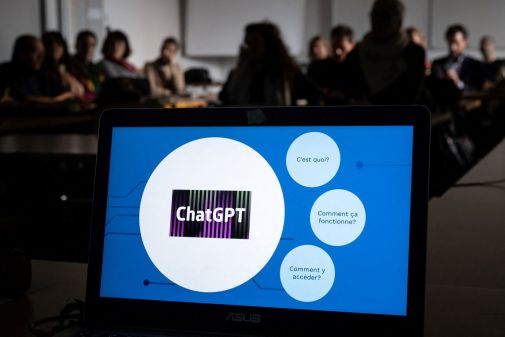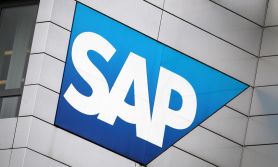Publishing giants McGraw-Hill and Cengage to merge

McGraw-Hill and Cengage, two major providers of educational content and services, have announced they will merge to expand and accelerate the accessibility of quality learning materials for students.
Ranked as two of the world’s largest publishers in 2018 by Publishers Weekly, the two companies have worked independently for more than a decade to provide students with high-quality learning resources. As a merged entity, the new company — anticipated to be called McGraw Hill — has a projected cash revenue of 3.1 billion and will have the collective financial strength to expand its digital products and service and increase the number of students using them.
“This merger is really good news for students,” Michael E. Hansen, who will be the CEO of the new combined company and is the current CEO of Cengage, told EdScoop.
Since the 70s, the price of textbooks has increased by more than 1,000 percent, with students paying nearly $500 on course materials during the 2017-2018 academic year, according to the National Association of College Stores.
“We have a real crisis of affordability in this country,”Hansen said. “People are shut out of the education system … simply because the cost on all fronts is too high. Learning materials have become an obstacle for way too many students, and we are fundamentally addressing that.”
In 2018, Cengage launched a first-of-its-kind subscription for college textbooks and course materials, called Cengage Unlimited, which gave students complete access to more than 22,000 products, including eBooks, online homework access codes and study guides, according to the company.
Hansen said, that by merging the two companies, this service can be dramatically expanded.
“Now we have a bigger library of content, and we have more digital platforms that we can put into the subscriptions,” he said.
During its first full academic year on the market, Cengage’s subscription service had one million students signed up, saving them a combined $60 million, Hansen said. The merged company, he said, will double the number of students that will be able to take advantage of this new service.
“It’s not a promise, it’s a fact — we are very focused … on the affordability issue for students,” said Hansen.
The new company is also focused on enhancing learning experiences through digital platforms. Technology, Hansen said, improves the accessibility of education in that it creates a flexible learning environment and allows education to meet the students where they are, “instead of where we want them to be.”
Both companies are set on transforming education and in that way, the culture and mission of both Cengage and McGraw-Hill are similar, he said. And though the two companies have been competitors for decades, Hansen said the overlap in their goals makes him optimistic that the transition will be successful.
The merger is expected to be completed in early 2020.
“We’re excited about it, we’re committed to it and we’re looking forward to getting to work,” Hansen said.




